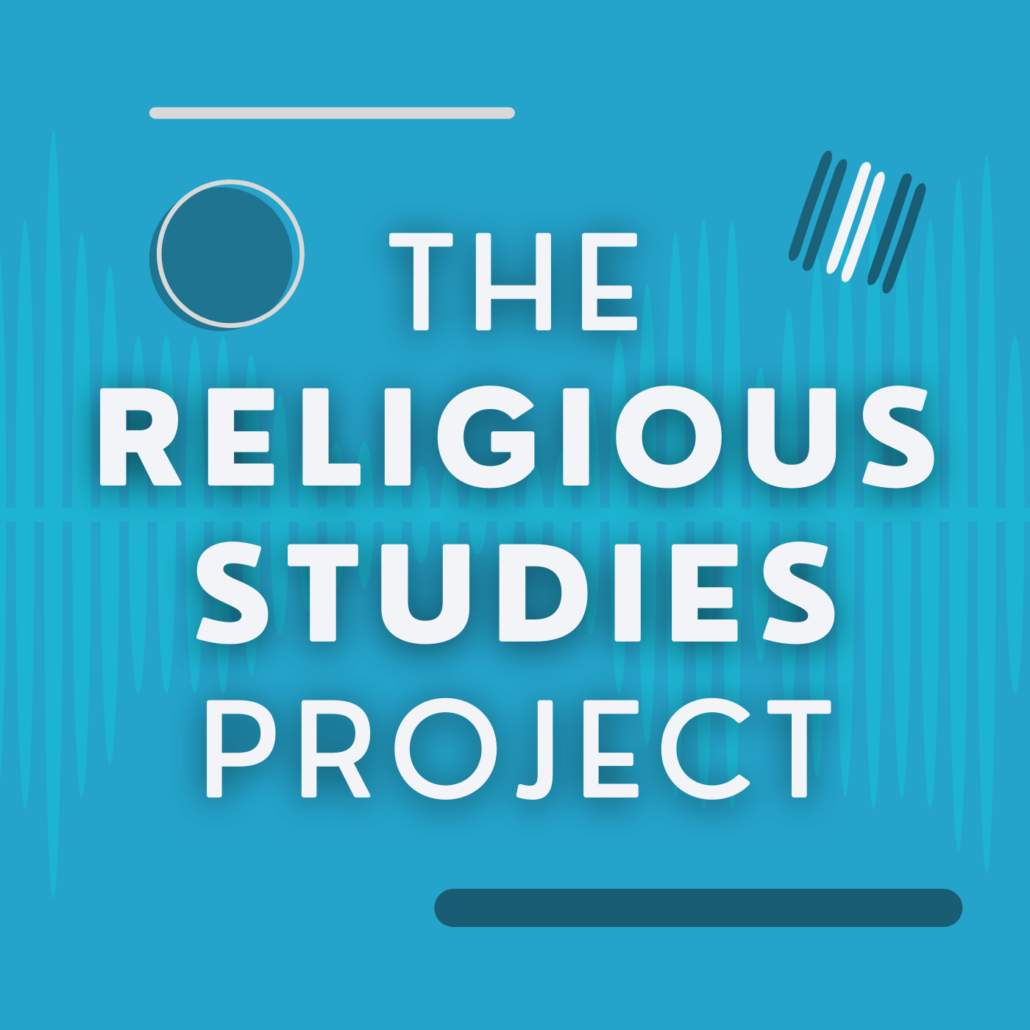The RSP interview with Alexandra Grieser established some useful connections between the study of religion and the study of memory. Probably the most helpful aspect of this relationship is methodological, namely teasing out ways in which the concepts of ‘religion’ and ‘memory’ may be brought into contact, thus opening new ways of inquiry into ‘religion’. But this is also where the greatest pitfalls of this relatively recent ‘cultural turn’ in the study of religion lie.
The relatively late reception of Danièle Hervieu-Léger’s Religion as a chain of memory (French 1993, English 2000) in the English-speaking world of religious studies brought with it a time-lag in the assimilation of the social and historical study of memory which had originated with Durkheim and Halbwachs’ work in the early twentieth century and was picked up in the 1980s in the work of Pierre Nora and Jan Assman. Even in 2011 Tuula Sakaranaho cannot take awareness of the field of social memory studies for granted among the readership of the journal Temenos, and thus he rehearses a few of the (many varied) turns in the study of memory before tentatively outlining its possible relevance to the study of religion.
Sakaranaho, as much as Grieser, seeks to make the study of memory methodologically relevant to the study of religion. Grieser’s interview is strongest when she discusses the relevance of the study of memory in analysing the significance of religion in the creation of a historical past for communities and individuals and the linking of research on religion with research in other fields of the Humanities. Memory as embodied by the particular forms and uses of narrative are relevant here, both in understanding how people relate religious change in their lives and in accessing how religious narratives can be used to interpret the lives of individuals. The value of the study of memory and narrative is most tangible for the scholar of religion not only when social-scientific methods are brought into play but also in contemporary neuroscientific research which focuses on the ‘location’ and ‘shape’ of memory in the brain, seeking to understand precisely what memory is.
However, the noble desire to utilise the study of memory to soften the lurking essentialisation of ‘religion’ by focusing on cultural and contextual specificities of particular expressions and enactments of religion historically, materially, ritually, and intellectually, proves challenging. Grieser maintains that it would be unhelpful to be pulled back into the discussions on the definition of religion, this being a question of disciplinary formation, rather than focusing on exploring relationships between the terms memory and religion. She prefers to use memory to tease out what religion may be in a given context. And yet relating ‘religion’ and ‘memory’ is fraught with the danger of essentialising. Grieser argues that ‘religion’ is invoked as a legitimiser of memory, bestowing authority on narrative, experience, ritual and so on, demonstrating how a group identity can be maintained for millennia through specific strategies of remembrance. This observation of the powerful strategies of remembering (which might helpfully be distinguished from the study of memory) can then be made useful to understand other expressions of collective identity which borrow their strategies of legitimisation from religion, such as modern nationalism. The danger of essentialising ‘religion’ is apparent here, seeing that such analysis relies on the notion of ‘religion’ doing / embodying / rehearsing something. The focus in this description is on ‘religion’ and not on people who may do / embody / or evoke particular articulations of their understanding of ‘religion’. The study of ‘religion and memory’, ‘religion and society’ etc. appear to focus away from the intellectual, bodily, material, or historical practices of people and on abstract categories with all the definitional problems this entails. Hence, the inquiry almost inevitably shifts back to the definition of ‘religion’ and, thereby, of religious studies.
Drawing on neuroscience may at first appear to diffuse the issue of essentialism, though it does have the danger of essentialising ‘memory’ by focusing on its physical embodiment in the brain. Scientific inquiry to locate memory and to explore the differences between animal and human abilities of recall and awareness of things past can be brought into dialogue with interpretations of religion. Grieser suggests that it could be helpful to understand religious systems as answers to the problem of memory, namely between the reality we aspire to as recalled in formative narratives and the reality as we find it. The scholarly focus here would be on the diversity in the approaches taken to bridging this gap. Yet, positing ‘religion’ as an alternative reality which acts as a stabiliser in an unstable world again appeals to a rather essentialised version of religion.
I would suggest an alternative perspective which may have the possibility of avoiding essentialisation of ‘religion’. Rather than seeing ‘religion’ as the norm which is invoked to legitimise, stabilise, or authorise, the focus can be placed on the person appealing to religion or a tradition. Thus one would analyse the appeal to religion as a norm, a tradition which may or may not be known, remembered, or understood by the person invoking it. Then, ‘religion’ as such would not be important, but rather the category ‘religion’ as understood by the practitioner would be the focus. By shifting attention to the performance of religion, neuroscience might help understand the processes in the brain which support or bring forth such practices. This could then lead to better understandings of the workings of memory, the invocation of ‘religion’, and the relations between these, without essentialising strategies.
Bibliography
- Assman, Jan 2006, Religion and Cultural Memory, Stanford University Press, Stanford, CA.
- Connerton, Paul 1989, How Societies Remember, Cambridge University Press, Cambridge.
- Davie, Grace 2000, Religion in Modern Europe: A Memory Mutates, Oxford University Press, Oxford.
- Halbwachs, Maurice 1980, The Collective Memory, Harper & Row, New York.
- – 1992, On Collective Memory, The University of Chicago Press, Chicago.
- Hervieu-Léger, Danièle 2000, Religion as a Chain of Memory, Rutgers University Press, New Brunswick, NJ.
- Nora, Pierre 1996, Realms of Memory (1-3), Columbia University Press, New York.
- Sakaranaho, Tuula 2011, ‘Religion and the Study of Social Memory’, Temenos 47:2, pp. 135-158.



